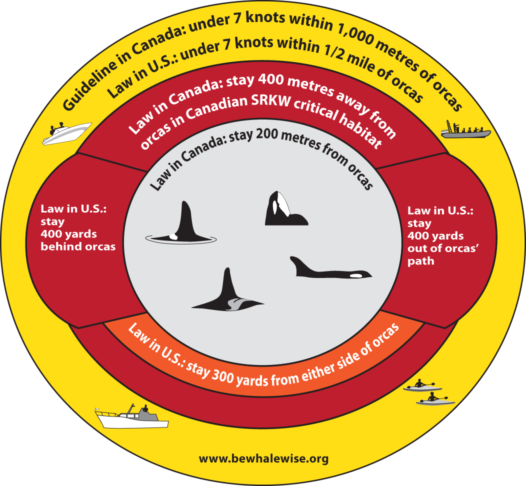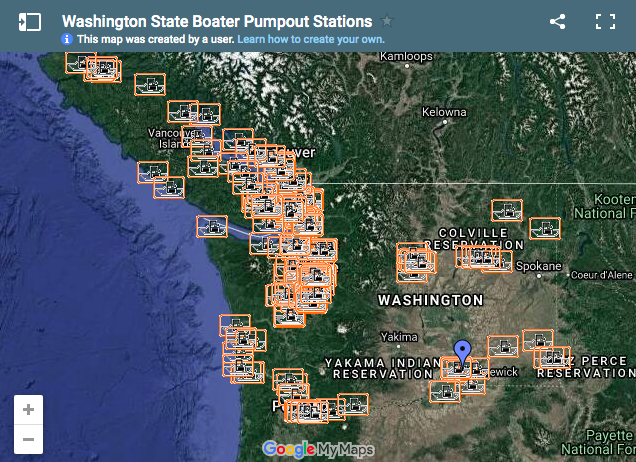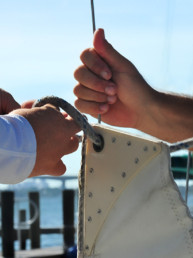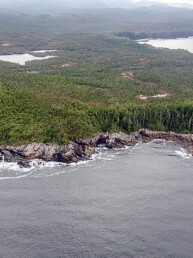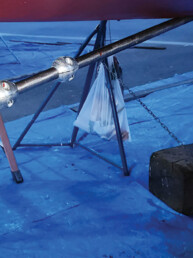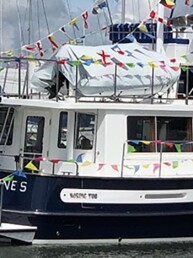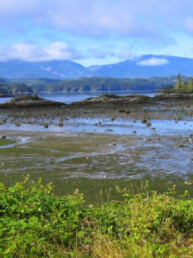If Covid-19 has taught Pacific Northwest boaters anything, it’s the value of exploring our own backyards — especially the San Juan Islands.
As the high season of recreational boating kicks into gear throughout the Pacific Northwest, our friends at the San Juan Islands Visitors Bureau want visiting boaters to keep some of the following things in mind as they enjoy the islands we all love, and we’re in full support. Take care out there, boaters!
The summer of 2020 proved how lucky we are to have the San Juan Islands as an accessible, stunning, and safe cruising destination as respite from life ashore. With coronavirus reshaping life as we know it, and the continued uncertainty regarding the Canadian border reopening, cruising around the archipelago is an increasingly attractive escape for both experienced sailors and novices. Sparkling blue water offset by the deep emerald of the forested shorelines, and a mosaic of wildlife—eagles, sea lions, and whales have landed the Islands on many lists as an international “best” boating destination.
While Islanders invite you to breathe in the serenity, please also appreciate the fragility of the ecosystem, which had record numbers of boaters in anchorages all last summer and fall. Keeping a few simple guidelines in mind will both protect what we love about the Islands and make the experience even more enjoyable.
Eelgrass Challenges
Though most people are familiar with the four ferry-served islands in the archipelago—Lopez, Orcas, Shaw, and San Juan—there are in fact 172 named islands scattered throughout the Salish Sea, several of which are popular marine parks such as Sucia, Jones and Stuart Islands with available anchorages and/or mooring buoys. When mooring buoys are not available, keep in mind that anchoring can disturb the seafloor where bottom fish and other animals and plants find food and shelter.
One of the most critical and sensitive marine habitats disturbed by anchoring is eelgrass. This flowering plant grows in shallow, light-filled marine waters. Eelgrass nurtures many species, including crabs and juvenile Chinook salmon and is where Pacific herring (a preferred diet of seabird, salmon, and marine mammals) lay their eggs. Eelgrass damaged by boat anchors can take years to recover. While the impact of each individual anchoring event may be small, the combined effects of thousands of boaters anchoring can be significant.
How you can help: While eelgrass is present in most of the popular anchorages in the San Juans, in many locations the shallow meadows can be easily avoided by anchoring in waters deeper than 15 feet, in other spots anchoring in over 25-feet will avoid damaging the beds.
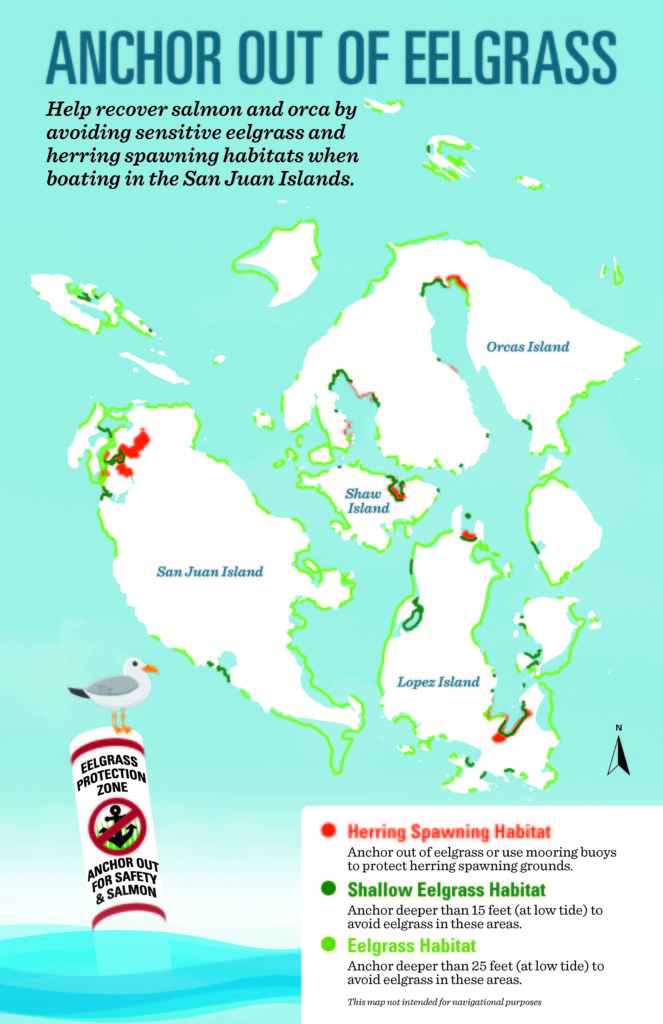
Give Marine Mammals Room to Roam
Further up the food chain, orca, humpback, and minke whales call the Salish Sea home. Hearing the ‘whoosh’ of their exhaled breath or catching a glimpse of a dark fin is a thrill unlike any other. But in our excitement, it can be easy to forget that our presence has an effect. Like us, marine mammals need space to find food, choose mates, raise their babies, socialize, and rest. When we get too close, approach too fast, or make too much noise, we may disrupt these activities and cause unnecessary stress to these animals.
How you can help: When driving a vessel near whales, fly (and look out for!) the Whale Warning Flag, thus alerting other vessels in the area that whales are present so they too can slow down and observe from the proper distance as outlined in the Be Whale Wise guidelines (www.bewhalewise.org), a combination of federal and state regulations. This involves slowing to 7 knots within a half-nautical mile and maintaining 300-400 yards and switching off depth sounders and fish finders if it is safe to do so. Be Whale Wise applies in both U.S. and Canadian waters.
How you can help: When approaching rocks or islets where seabirds, seals and sea lions are hauled out stay at least 100 yards (200 if it’s a national wildlife refuge site) away. While it might be thrilling to see all the birds fly at once or the mammals slip into the water,]this disturbance wastes their energy, especially when repeated many times a day due to boater disturbance. It’s also illegal under the Marine Mammal Protection Act. The best rule is that if wildlife reacts to your presence in the water or on land, you are too close.
Is a clean vessel a green vessel?
That depends…did you know that greywater (soapy water) is, in many cases, more damaging to marine organisms than black water (water containing human waste). Black water may carry pathogens and drugs which can affect humans and marine mammals, however, the surfactants in soaps are far more deadly to fish—they cause damage to the external mucus layer that protect fish from bacteria and parasites. Luckily, while cruising the islands, you are never far from a marina that offers pump-out facilities to handle black water, and there is even one at Stuart Island Marine Park. The Salish Sea as a whole is a pump-out-free zone. For recommended sites, download the Pumpout Nav app or check out http://pumpoutwashington.org/.
It’s important, then, that greywater, which ends up in the Salish Sea, is handled responsibly. Surfactants dissolve the membranes of these critters which form the basis of the whole food chain from birds to whales. This is why putting soap on an oil spill is the wrong approach and carries a heavy fine. Just because the label says biodegradable doesn’t mean it is good for the environment. Look for vinegar-based cleaners that don’t contain phosphate, triclosan (deadly to aquatic life!) or antibacterial ingredients. For a list of recommended products, check out www.treehugger.com. Part of being on the water is keeping things out of the water.
Other Helpful Links:
Friends of the San Juans 2020 Green Boater Guide
Learn about the Voluntary No-Go Zone for Southern Resident Orcas on the West Side of San Juan Island
Need a Whale Warning Flag for your boat? Click here!
Sailors for the Sea Green Boating Guide
Georgia Strait Alliance Guide to Green Boating
Editor
48° North Editors are committed to telling the best stories from the world of Pacific Northwest boating. We live and breathe this stuff, and share your passion for the boat life. Feel free to keep in touch with tips, stories, photos, and feedback at news@48north.com.
